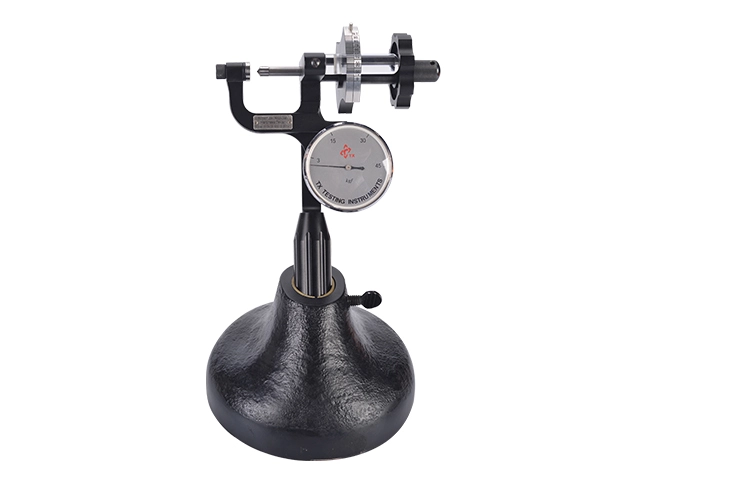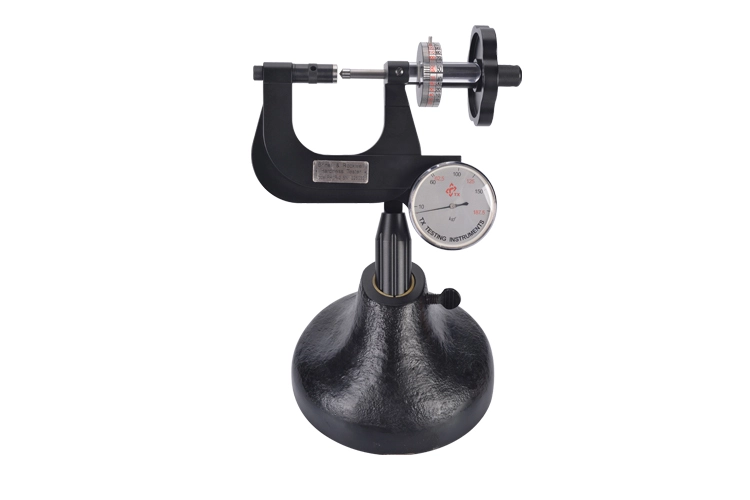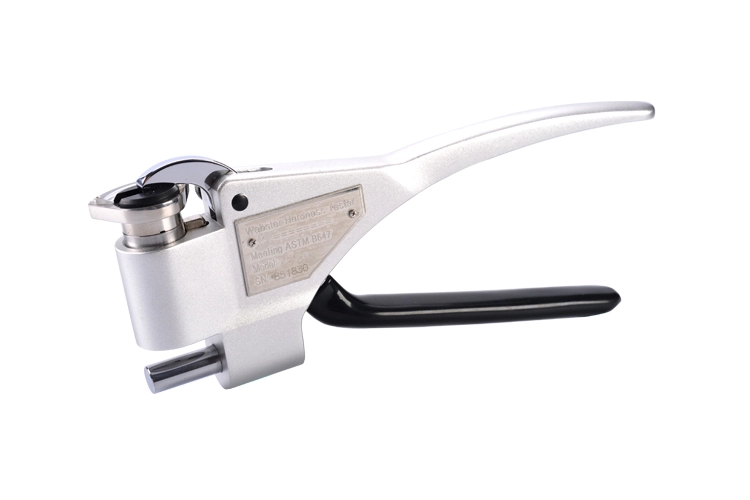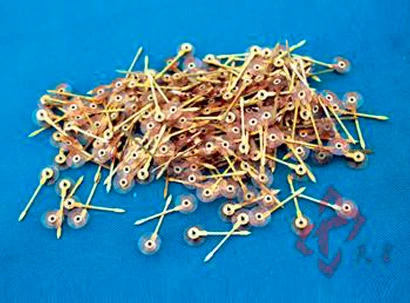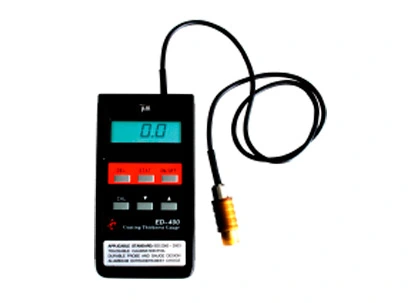Indenter is a very important part in hardness test, its precision and quality are important factors to ensure the accuracy of hardness value. Because of the different test methods, the indenter has different materials, different geometric dimension and different precision requirements.
According to the manufacturing materials can be divided into: steel, hard alloy, artificial corundum and natural diamond.
According to the shape can be divided into: spherical, conical, cylindrical, regular corner cone and diamond cone.
According to the test method, it can be divided into: Brinell hardness test method of φ10, φ5, φ2.5 and φ1 mm carbide ball indenter. Hardened steel or carbide balls φ1.588 and φ3.175 mm and cone diamond indenters with an Angle of 120°for Rockwell hardness test. The diamond indenter used for Vickers hardness is a tetrahedral angular cone with an Angle of 136°±0.5° between two opposite surfaces. Scratch hardness using 90°, 120° diamond indenter models: RC 1~RC 15 Rockwell diamond indenter types; HV 1~HV 4 are four kinds of Vickers indenters. HD 1~HD5 are indenters for 5 kinds of microhardness. HVG 1~HVG 2 are indenters for high temperature hardness. HV 1 is the indenter for Knoop hardness; HS 1 is an indenter for Shore hardness and HC 1 is an indenter for ultrasonic hardness. The indenter should be selected accurately according to the test method, the type of hardness tester and the characteristics of the test object.

